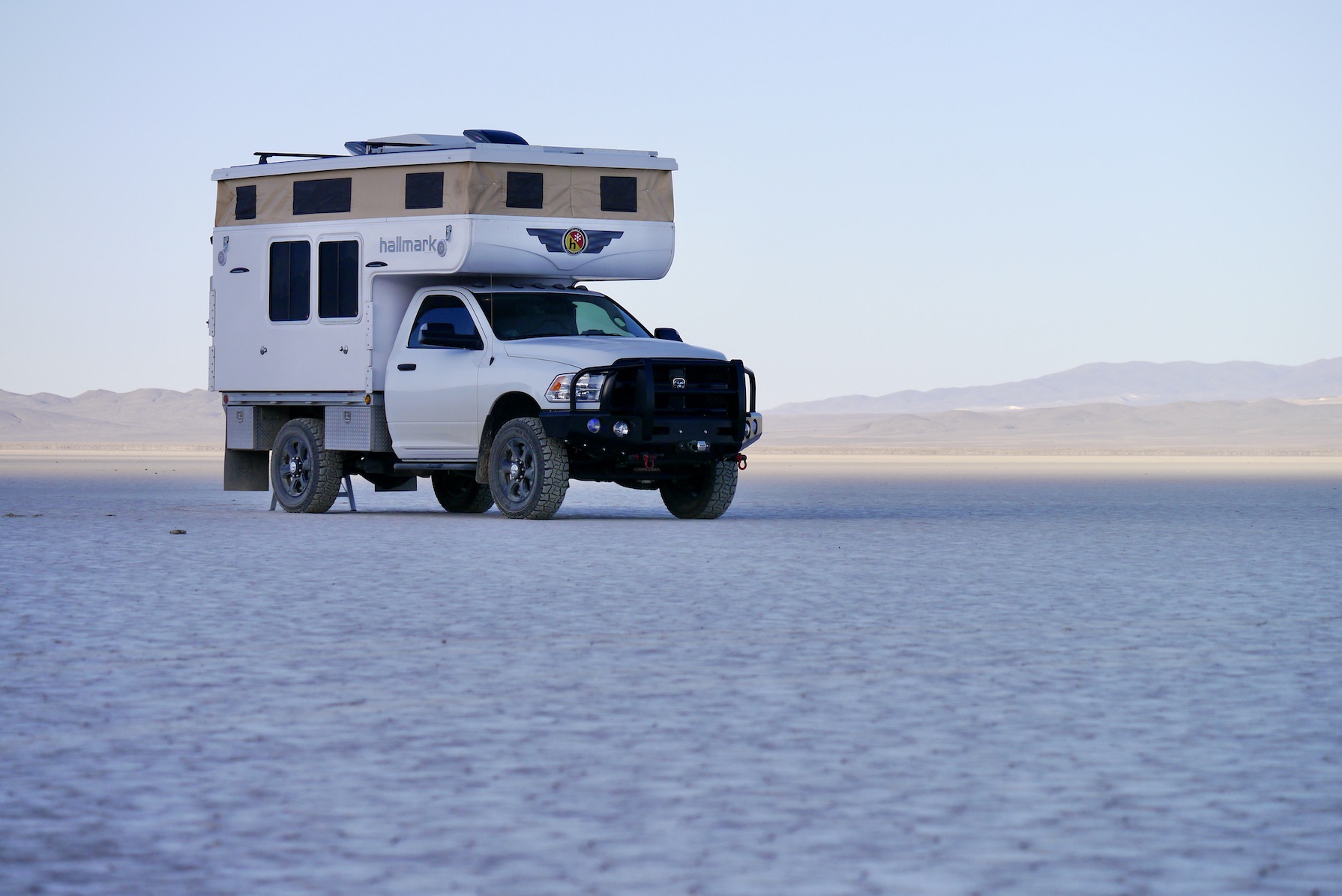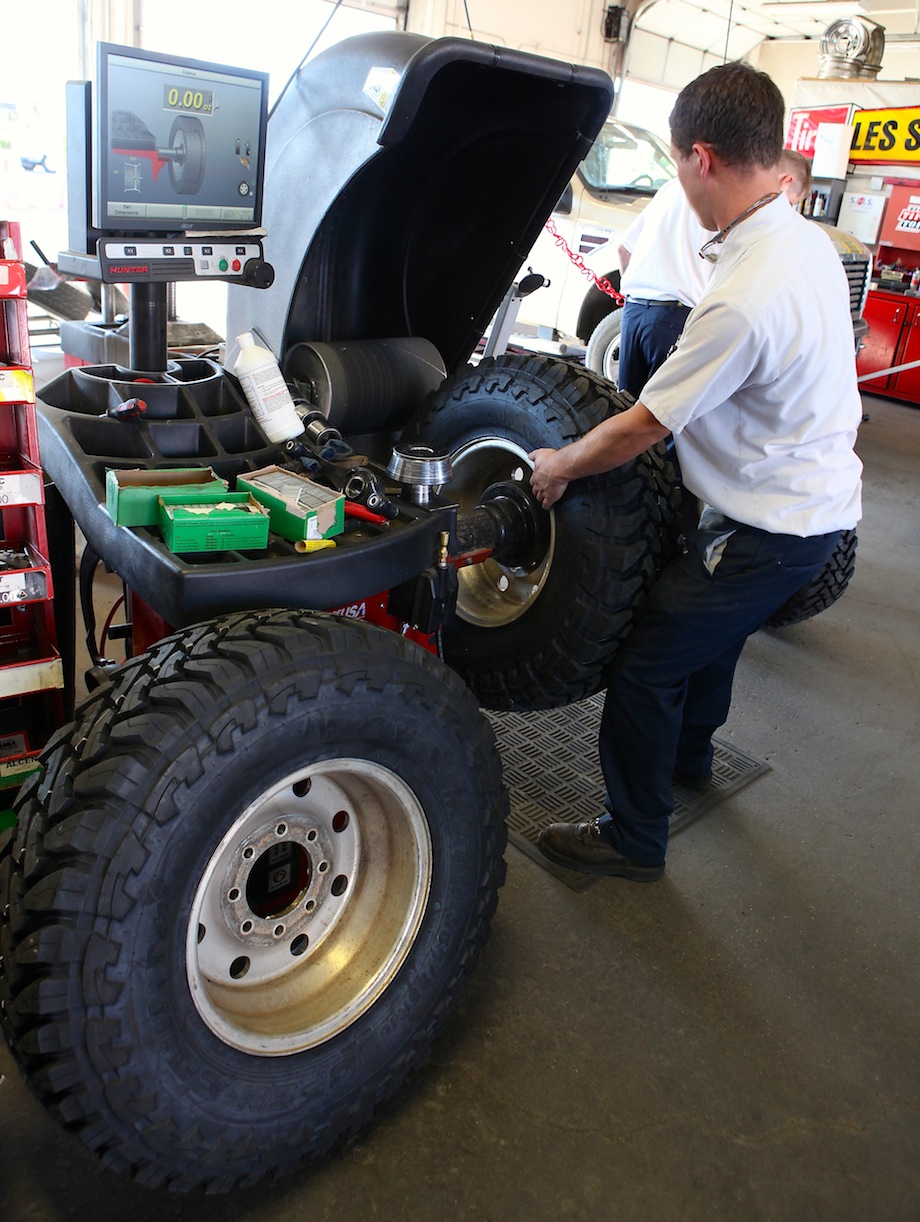To balance these 255/85 Toyos we used the static method that I prefer for big tires, but had never used on these forged aluminum 16×7-inch F350 wheels. Living up to their reputation, the high-quality Toyo M/Ts balanced well with relatively little weight. In addition, the Centramatic tire/wheel balancers I’ve run on this old Ford for several years insure the assemblies remain perfectly balanced with every revolution of the wheels.
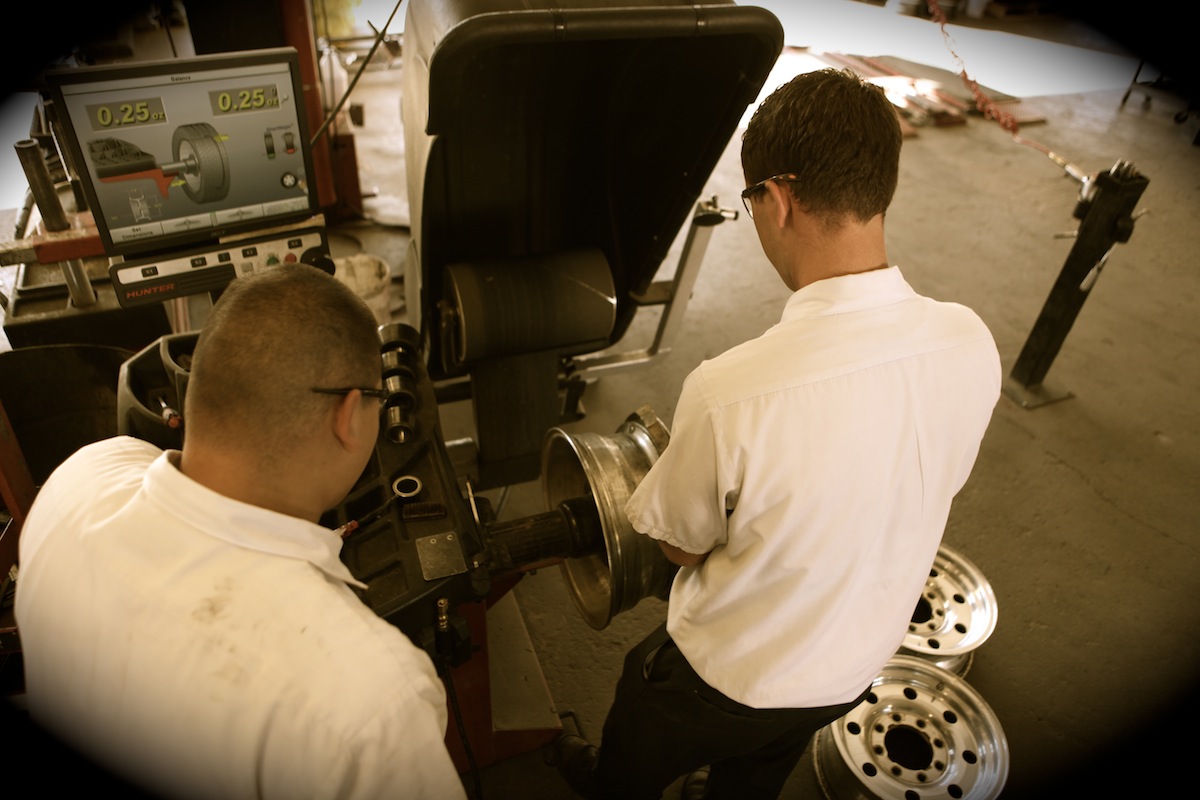

I didn’t need a spare Toyo as I had one remaining LT255/85R16 tire in my shop. It was a new Remington Mud Brute I found on closeout a couple years ago at a local tire shop for a mere $40.
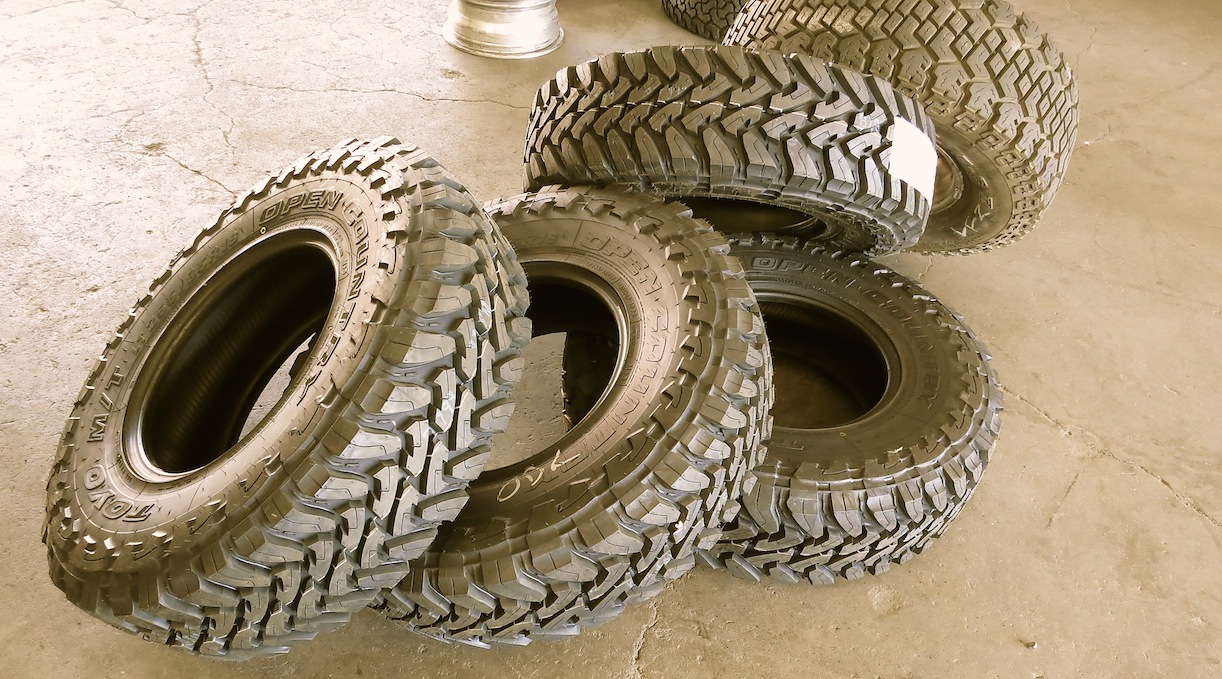
It had been years since a set of Toyo M/Ts rolled under the F350, and they saw few miles, so I didn’t remember if they exhibited their common pull-to-the-right on my Ford. If pulling was present on the F350, I was willing to either live with or adjust for it, depending on the severity and my overall satisfaction with the Toyos. Unfortunately caster and camber are not easily adjusted on these old straight-axle trucks, and doing so involves installing an aftermarket ball joint.
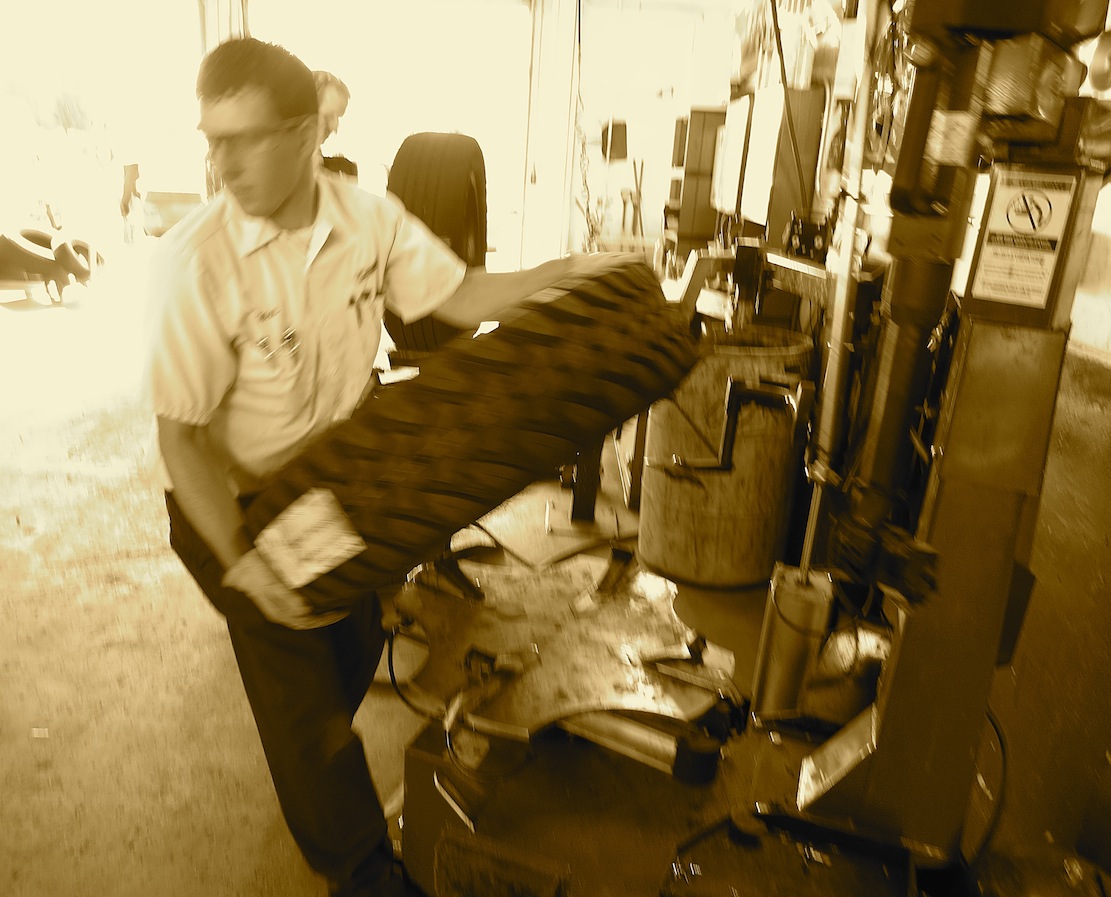
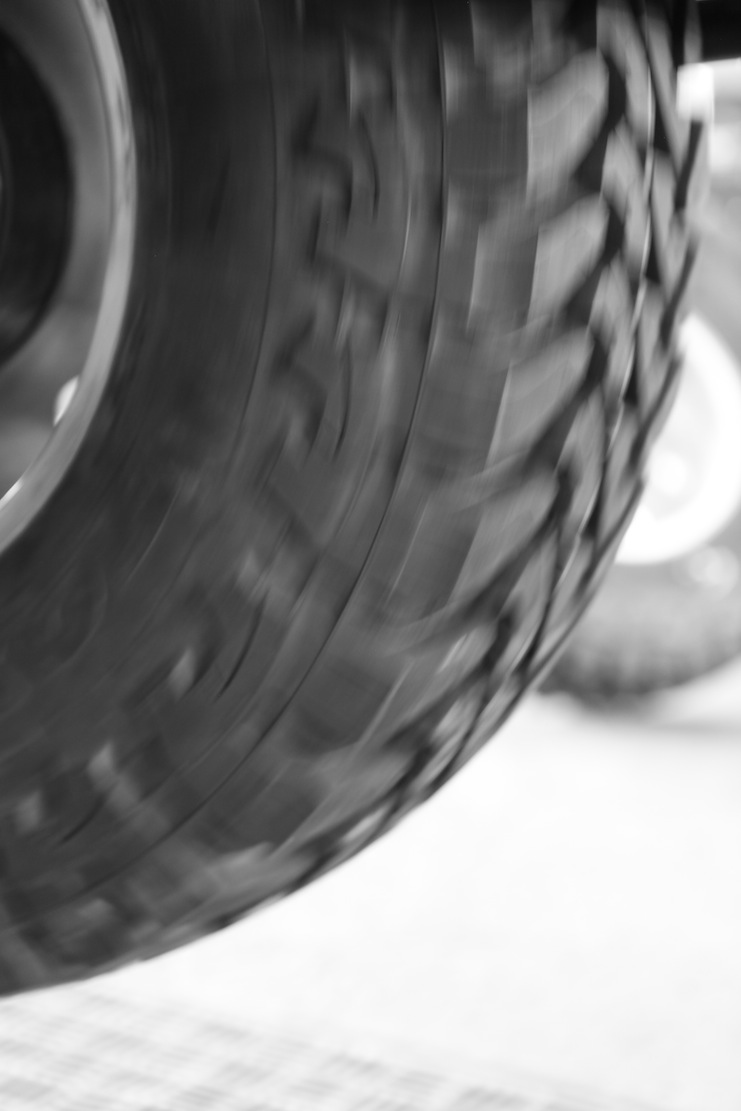
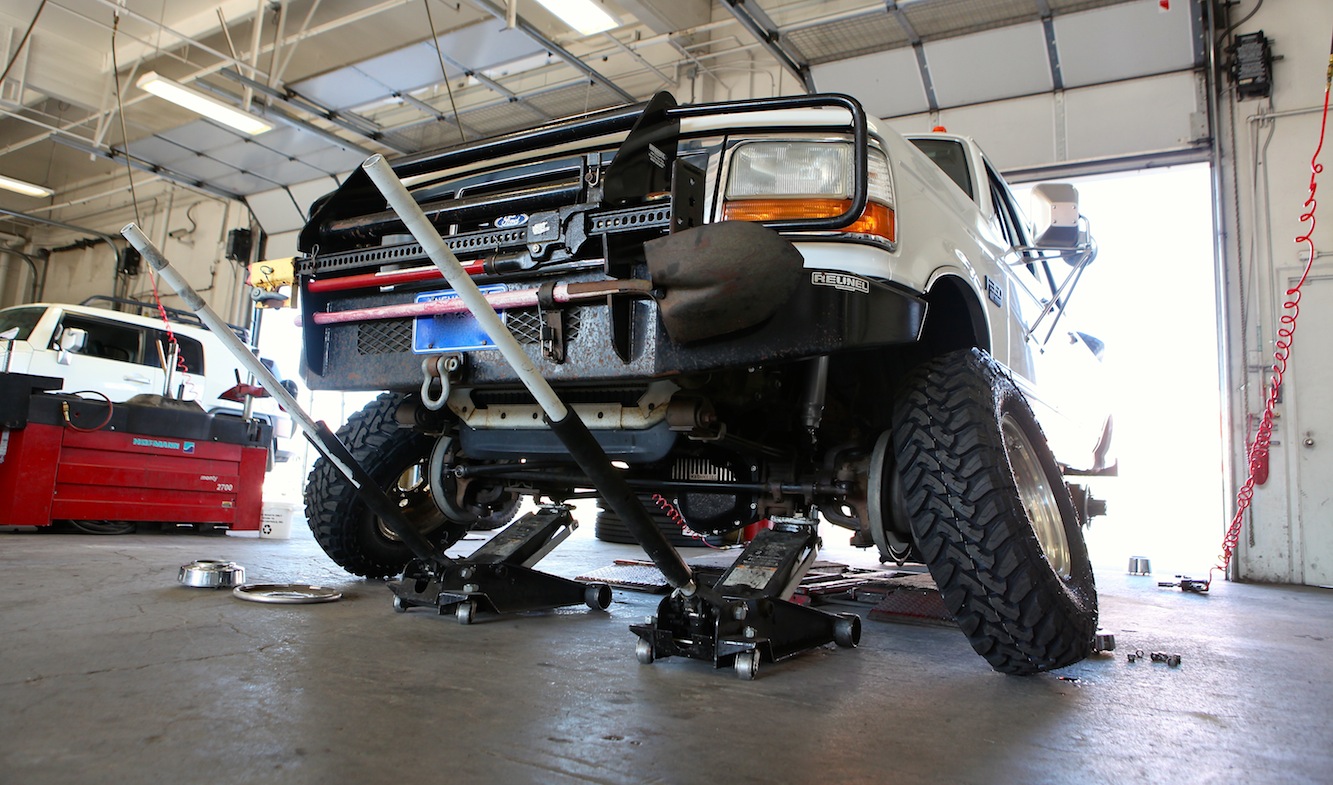
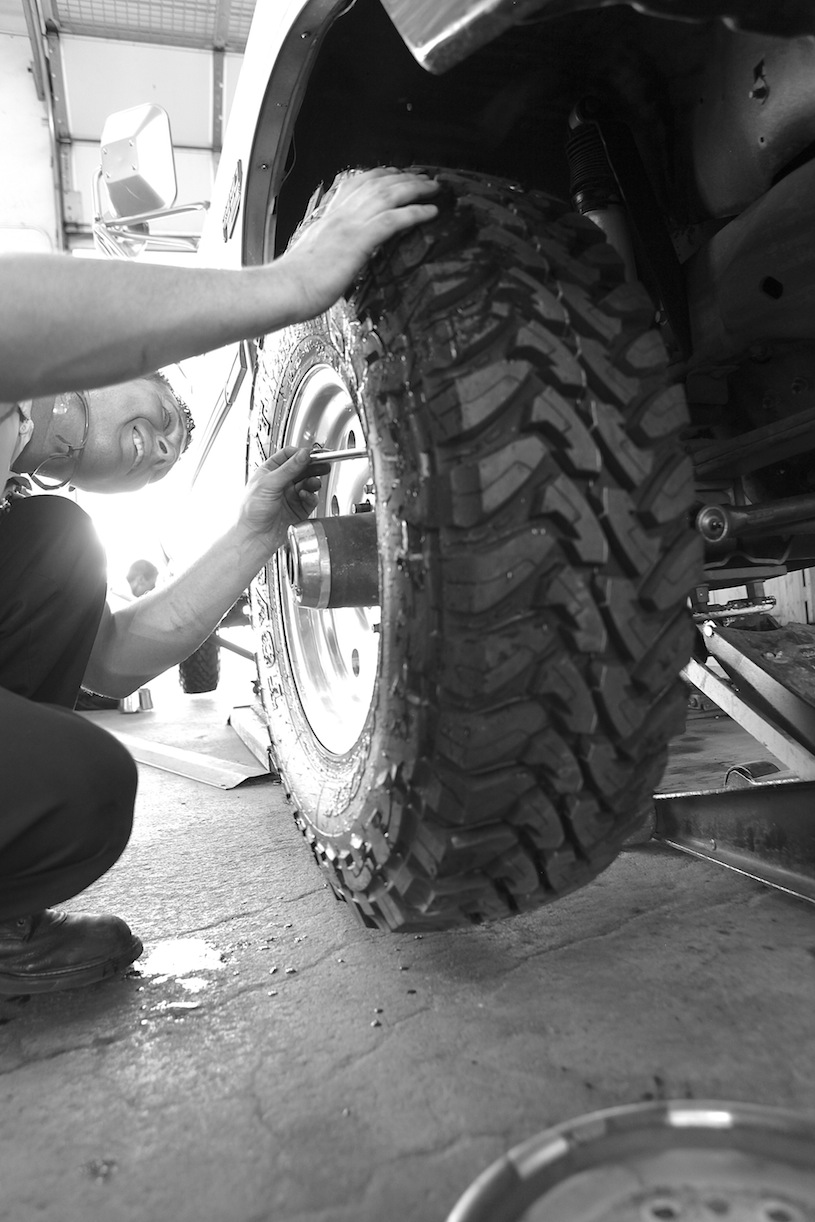
Pulling but not drooling
The Toyo M/Ts did pull to the right, though it was not nearly as objectionable as on my newer IFS Toyotas. This was partially due to the lighter, highly-boosted power steering, as well as the much sloppier feel of the old recirculating ball gearbox. Since I often steer the manual transmission F350 with my left hand atop the wheel, which easily countered the right pull, I decided to wait and see about making mechanical adjustments.
Balanced and rolling very smoothly down the highway with relatively little noise, there were no surprises regarding the road manners of the Toyos. A couple days later the tire pressures were increase for heavy hauling, the truck bed and travel trailer were loaded, and the whole outfit headed toward the backcountry for a week of camping, deer hunting, and serious tire testing. The results were surprising!

Copyright © 2012 James Langan
